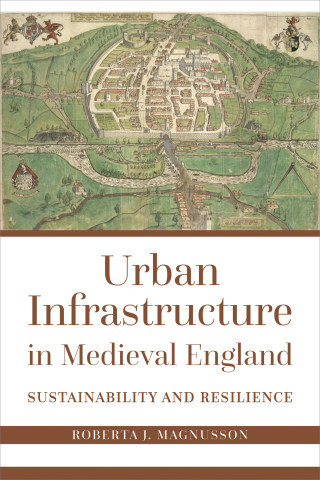
Reviews
This is much more than a biography in the ordinary sense of the word... An excellent contribution to our understanding of both the mercenary phenomenon and the history of Italy in the late fourteenth century.
Engaging book... Caferro has made sense of the life of a mercenary captain, who during his career influenced diplomacy, altered finances, and changed lives in fourteenth-century Italy.
A model of clear writing and an authoritative treatment of the military and political situation in Italy from the 1360s.
It is... so well written and provides such a gripping account of John Hawkwood and his milieu that it will surely gain a wide audience among general readers as well.
The depth of Caferro's archival research has established him as Hawkwood's preeminent biographer.
Meets a real need... well researched and clearly presented, an important work for everyone interested in fourteenth-century Italy and medieval war.
Superb biography... Sterling piece of work.
A useful read for anyone interested in Renaissance Italy, the evolution of the practice of war, and even the interrelationship of art and society.
Caferro's archival research in England and throughout northern and central Italy has given us a firm historical picture of a mercenary who during his lifetime was already becoming the stuff of legend. Unlike King Arthur and Robin Hood, Hawkwood was a historical figure about whom there was a great deal that really could be discovered, and Caferro has done the discovering. This is a readable book that is broadly informative about warfare and its techniques immediately after the Hundred Years' War and an outstanding work of scholarship.
Book Details
List of Figures and Maps
Preface
Hawkwood Chronology
Introduction
1. John Hawkwood in Perspective
Part I
2. Essex Lad, King's Soldier, and Member of the White Company, 1323–1363
3. Italy and the Profession
List of Figures and Maps
Preface
Hawkwood Chronology
Introduction
1. John Hawkwood in Perspective
Part I
2. Essex Lad, King's Soldier, and Member of the White Company, 1323–1363
3. Italy and the Profession of Arms
Part II
4. The Fox and the Lion
5. John Hawkwood of Pisa and Milan, 1365–1372
6. In the Service of God and Mammon, 1372–1375
Part III
7. John Hawkwood and the War of Eight Saints, 1375–1377
8. Love and Diplomacy, 1377–1379
9. At Home in the Romagna, 1379–1381
10. Neapolitan Soldier and Tuscan Lord, 1381–1384
Part IV
11. The Deal with the Devil, the Birth of a Son, and a Victory at Castagnaro, 1385–1387
12. At the Center of the Storm
13. The War against Milan, 1390–1392
14. Two Weddings, a Funeral, and a Disputed Legacy, 1392–1394–1412
Conclusion
Appendixes
Notes
References
Index





